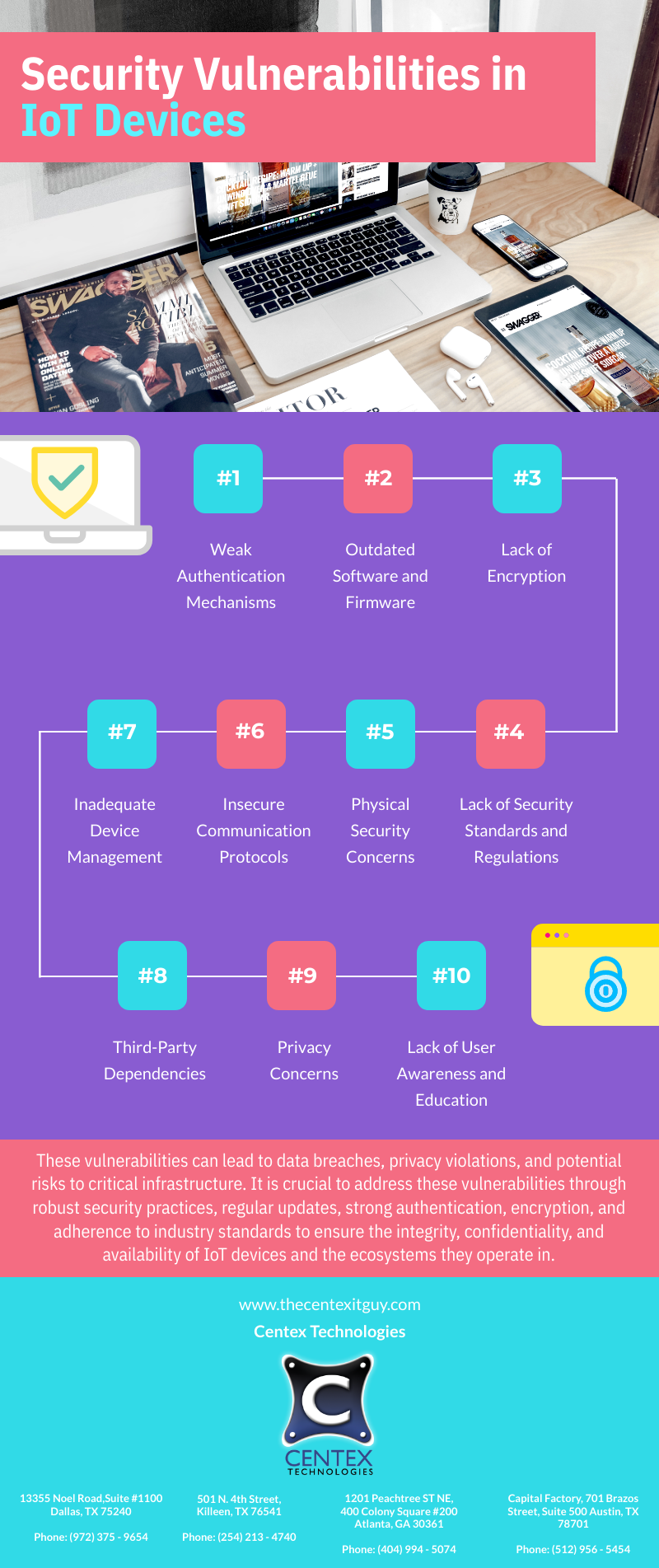Social engineering attacks rely on psychological manipulation rather than technical exploits to deceive individuals into revealing confidential information, providing unauthorized access, or performing actions that compromise security. The attackers take advantage of human traits such as trust, curiosity, fear, and compassion to trick their victims successfully.
Types of Social Engineering Attacks:
- Phishing: Phishing is perhaps the most common form of social engineering attack. Attackers masquerade as legitimate entities, such as banks, social media platforms, or online services, to deceive users into disclosing sensitive information. These phishing attempts often occur through deceptive emails, messages, or websites that closely resemble genuine ones.
- Pretexting: In pretexting attacks, cybercriminals create a fabricated scenario or pretext to trick individuals into divulging information or performing specific actions. For instance, an attacker may pretend to be an IT support technician and convince a target to reset their password, thereby gaining unauthorized access.
- Baiting: Baiting involves enticing victims with an appealing offer, such as free software, music downloads, or movie streaming, but the bait is infected with malware. When the victim downloads the seemingly harmless content, the malware is installed on their system, granting the attacker access.
- Quid Pro Quo: In this type of social engineering, attackers promise something in return for information or assistance. For example, an attacker might offer to provide free software in exchange for login credentials, effectively gaining unauthorized access to the victim’s accounts.
- Tailgating and Piggybacking: Tailgating occurs when an unauthorized person gains physical access to a restricted area by following an authorized individual. Piggybacking is similar but involves convincing an authorized person to let them in. Both these techniques are common in physical security breaches.
The Psychology Behind Social Engineering:
Social engineering attacks exploit certain cognitive biases and human vulnerabilities. Some key psychological factors include:
- Authority and Trust: Humans are conditioned to obey authority figures and trust individuals who appear credible or knowledgeable. Attackers leverage this tendency by pretending to be trustworthy figures to gain victims’ confidence.
- Reciprocity: The principle of reciprocity makes individuals feel obliged to return a favor or help when someone has done something for them. Cybercriminals exploit this by offering something enticing in return for information or access.
- Curiosity and Fear: Humans are naturally curious and fear missing out on essential information. Social engineers often create fake urgency or appeal to curiosity to make victims take hasty actions without considering the consequences.
- Social Compliance: People have a tendency to follow social norms and comply with requests or instructions from others. Attackers use this to their advantage to manipulate individuals into revealing sensitive information or performing actions against their better judgment.
Protecting Against Social Engineering Attacks:
While social engineering attacks can be difficult to detect, individuals and organizations can take proactive measures to reduce their susceptibility:
- Education and Awareness: Regular training and awareness programs are crucial to educating individuals about the different types of social engineering attacks and how to recognize and respond to them.
- Verification: Always verify the identity and authority of individuals making requests for sensitive information or actions before complying with their demands.
- Strong Passwords and Multifactor Authentication (MFA): Use strong and unique passwords for all accounts and enable MFA whenever possible to add an extra layer of security.
- Caution with Emails and Links: Be cautious when clicking on links or downloading attachments from unknown or suspicious sources, especially if they urge immediate action.
- Physical Security Measures: Implement physical security protocols to prevent tailgating and unauthorized access to restricted areas.
- Data Encryption: Encrypt sensitive data to ensure that even if attackers gain access, the information remains protected.
For information on cybersecurity solutions, contact Centex Technologies at Killeen (254) 213 – 4740, Dallas (972) 375 – 9654, Atlanta (404) 994 – 5074, and Austin (512) 956 – 5454.

